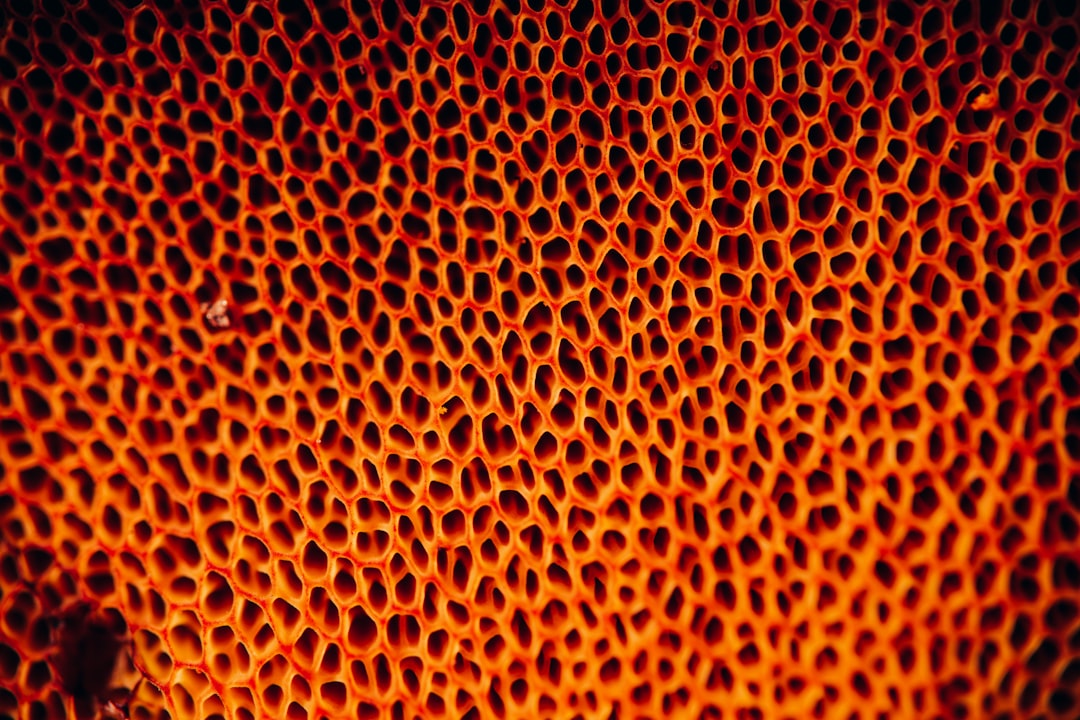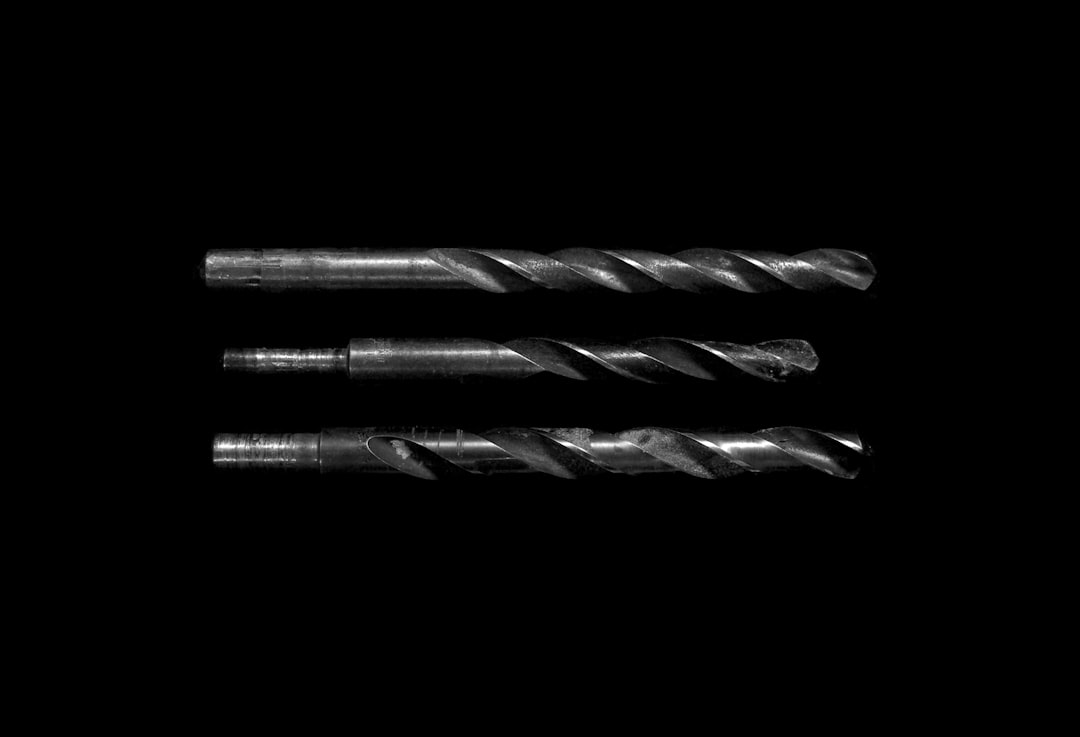What is it about?
Ever wondered what goes on inside tiny bubbles in liquids when they implode? Scientists are curious too, and in our study, we looked at bubbles forming when liquid ammonia mixes with water as a novel approach to the problem. We found something interesting. When there's more ammonia in the mix, the bubbles don't collapse as quickly. They stay around longer compared to bubbles with less ammonia and tend to collapse into a round shape, which might prevent them from splitting in many pieces at the moment of implosion. We were also surprised to learn that when these bubbles collapse, they don't release energy like we thought, so with shockwaves. Instead, they seem to let it out in different ways, likely due to effects related to their deformation. Our findings also support the idea that the vapor inside these collapsing bubbles gets compresses, which matches what other studies have found. Understanding how bubbles behave when they collapse could be useful for things like cleaning and medical treatments. Knowing more about this could help us use bubbles better in these areas.
Featured Image

Photo by Pawel Czerwinski on Unsplash
Read the Original
This page is a summary of: Vapor compression and energy dissipation in a collapsing laser-induced bubble, Physics of Fluids, March 2024, American Institute of Physics,
DOI: 10.1063/5.0200361.
You can read the full text:
Contributors
The following have contributed to this page










